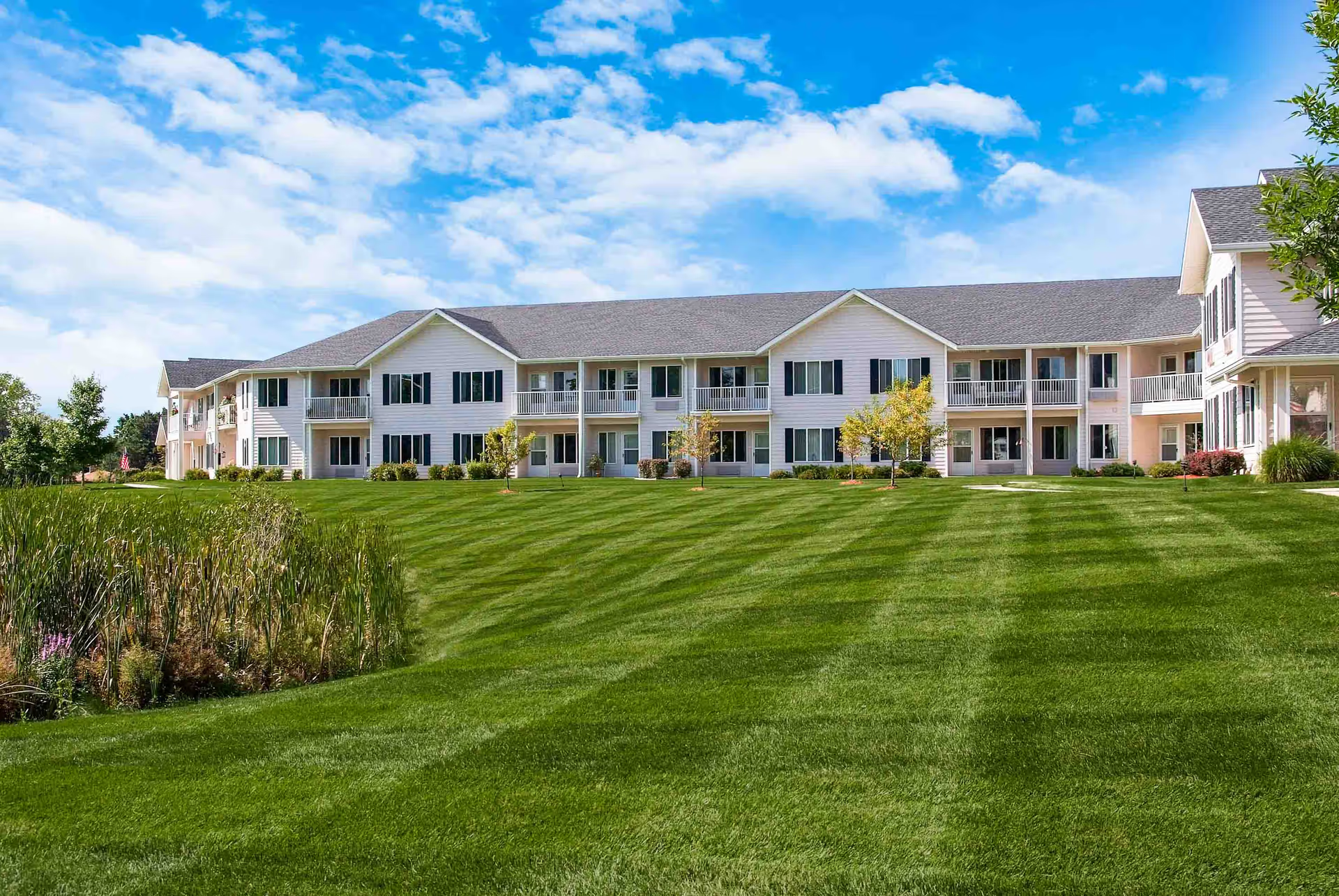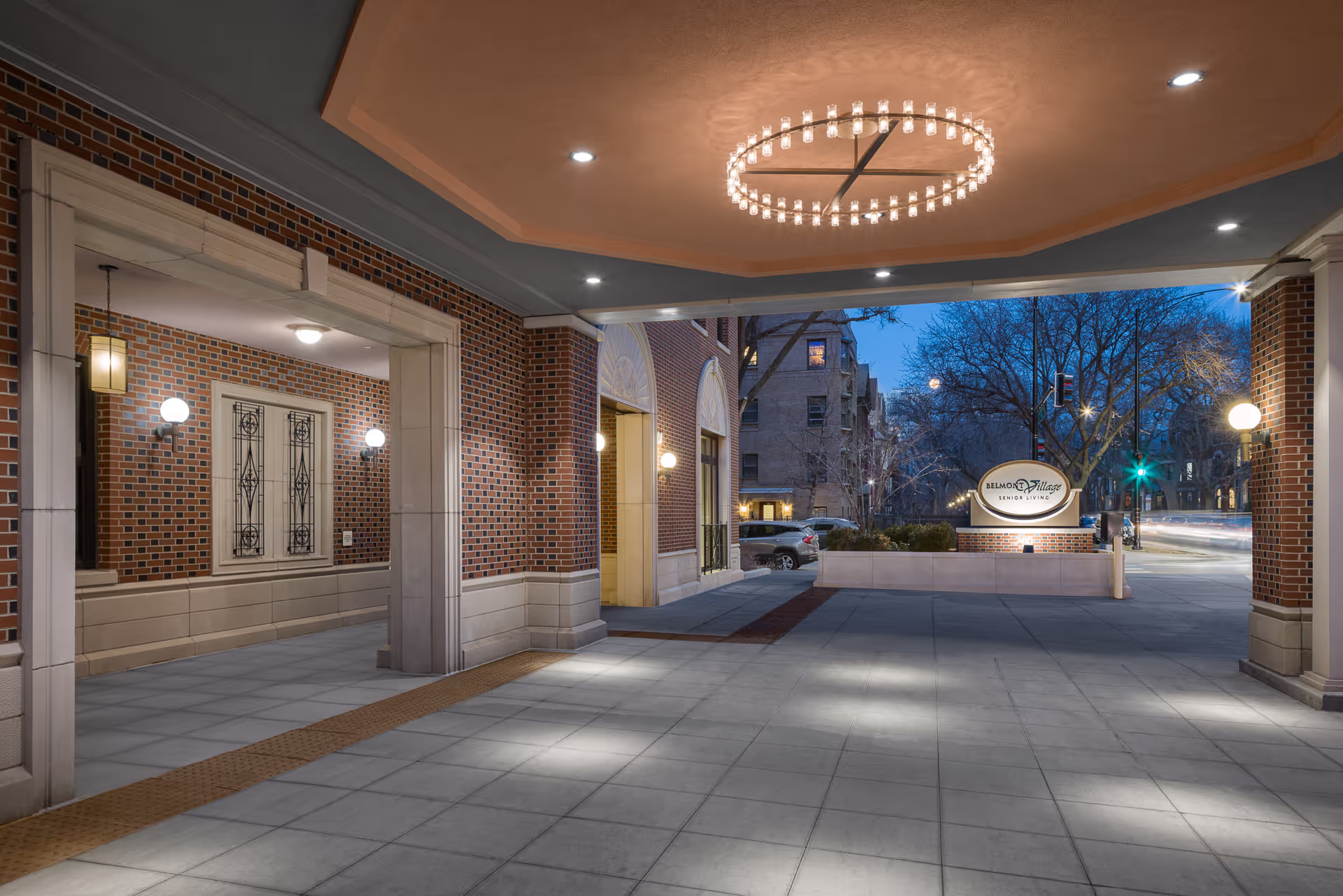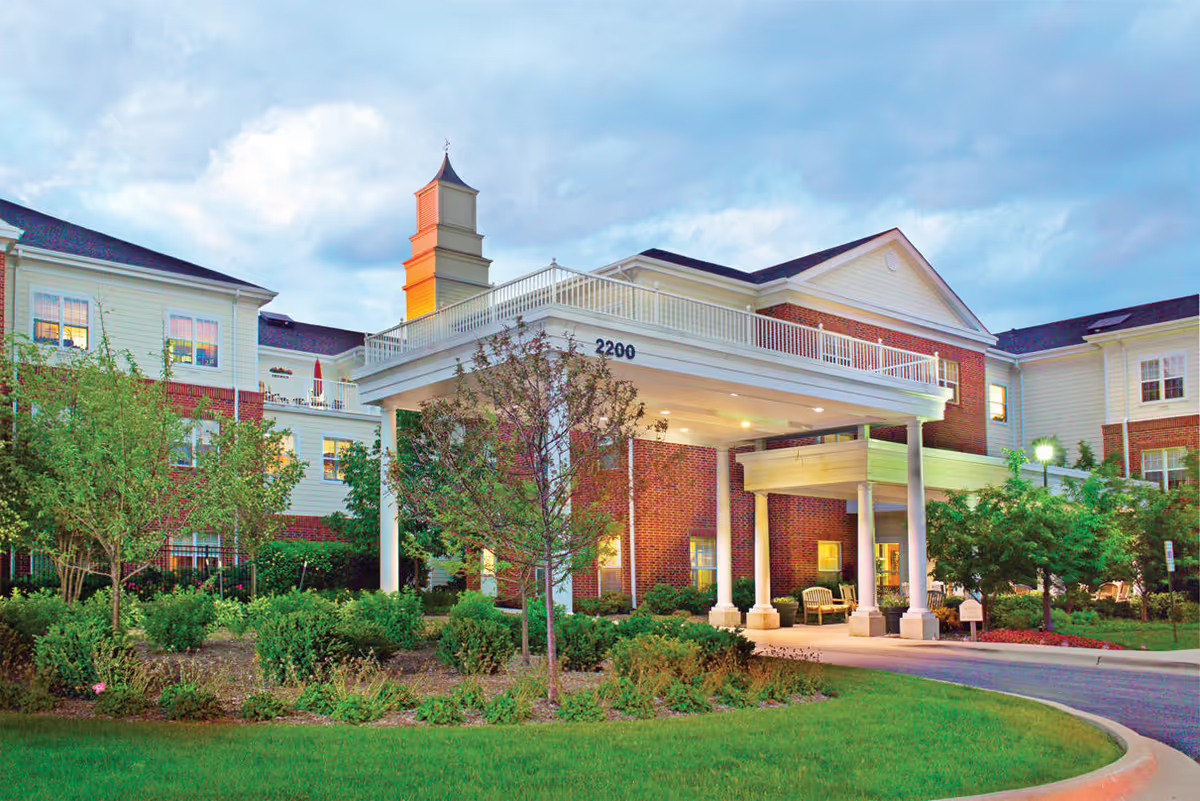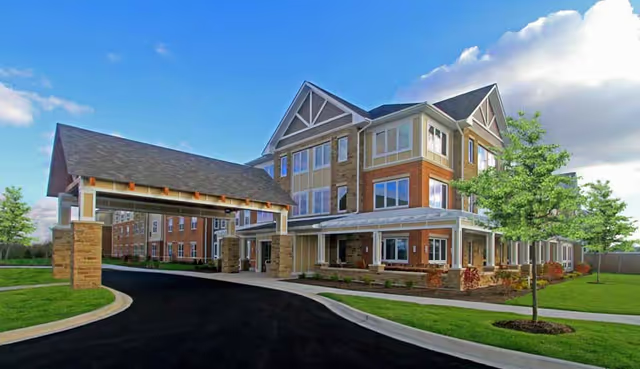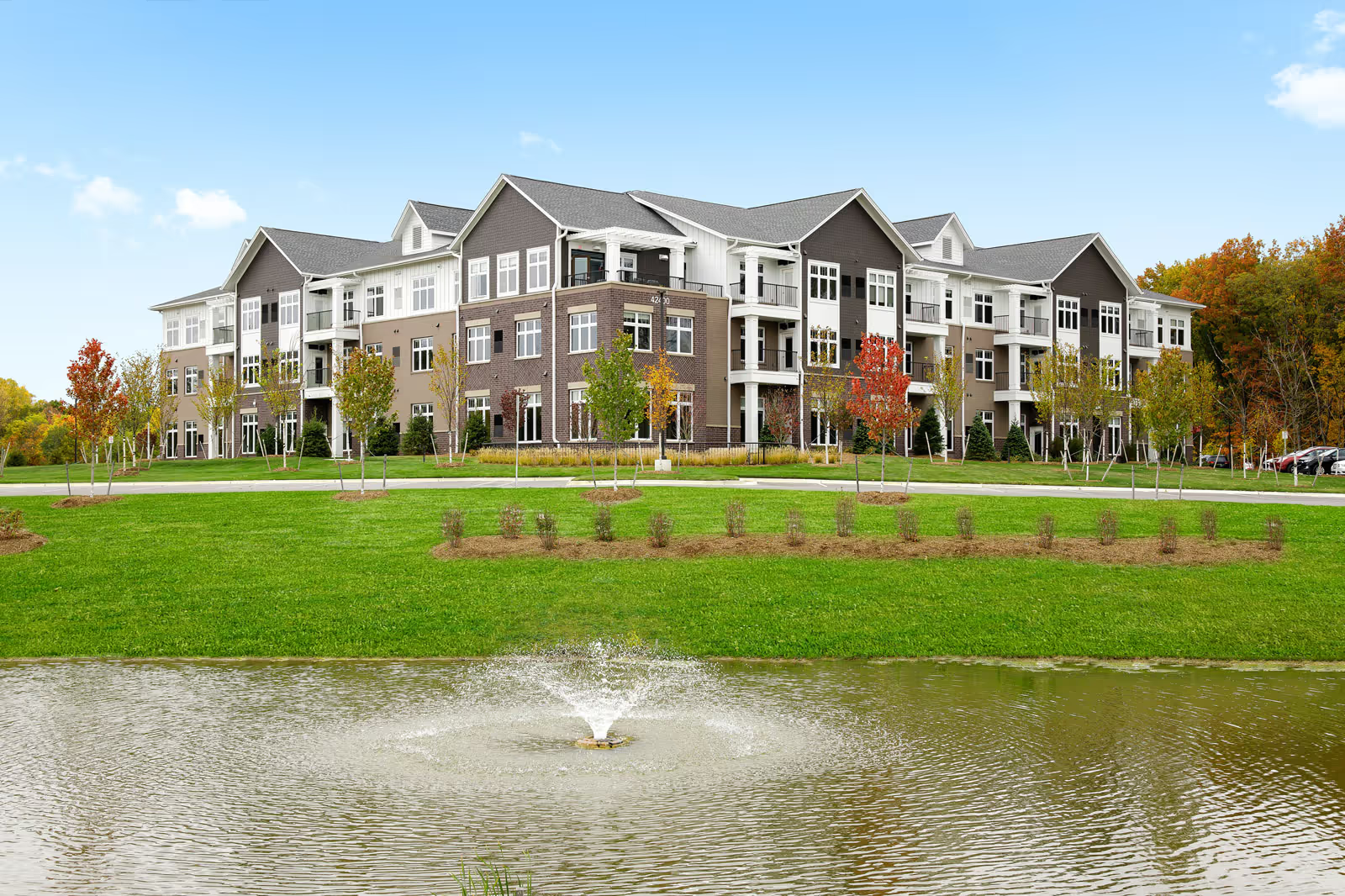Overall sentiment: Reviews of Belltower Health & Rehabilitation Center are broadly positive with recurring praise for therapy services, cleanliness, and the general warmth of staff and administration. Many reviewers highlight the facility's modern, bright design and careful housekeeping. There is a clear pattern of excellence in rehabilitation (physical and occupational therapy), and multiple family members credit therapy teams with meaningful progress. Admissions and administrative staff receive repeated commendations for being helpful and responsive; two staff members were singled out by name for exemplary service.
Care quality and staff: The majority of comments emphasize compassionate, skilled nursing and CNA care. Reviewers frequently describe nurses and aides as attentive, respectful, and kind; several note standout individuals who provided particularly notable care, including end-of-life support. However, comments reveal variability by shift and by individual: while many staff are praised, some aides are described as unfriendly or insufficiently trained. Understaffing appears in a number of reports and is linked to slower response times to call lights, delays in restroom assistance, and difficulty reaching nurses or CNAs quickly. This inconsistency suggests strong staff and leadership in many areas but staffing shortages or uneven staff development in others.
Therapy and activities: Therapy and rehab programs are high points across reviews. Physical and occupational therapy receive especially strong, consistent praise for effectiveness and positive outcomes. The facility offers activities and a social atmosphere that families appreciate; residents are reported to have friends and to engage in community spaces such as a bright, chatty sunroom. These programs make Belltower a recommended option for both short-term rehabilitation and longer-term residency according to several reviewers.
Dining and nutrition: Dining receives mixed to polarized feedback. Some reviewers praise excellent meals, good portioning, and accommodating kitchen staff who will bring food to residents and address special diets (with a nutritionist involved for diabetes). Others report poor-quality lunches and dinners, tiny portions, weight loss concerns, and even food served on paper plates. Multiple reviewers requested more fresh fruit and vegetables. The inconsistency suggests that meal experience can vary by time, staff, or patient situation; families and prospective residents should inquire specifically about current dining practices and portioning during a visit.
Communication and medication management: Communication is another recurring theme with both strengths and weaknesses. Many families say nurses and administrators are proactive and keep them well informed, praising clear communication during admissions and care transitions. Conversely, several reviews report gaps: missed notifications about appointments, initial meetings that did not occur as planned, and poor follow-up on changes (including transportation). Medication management is occasionally problematic in the reviews — examples include medications not being given on time, and in one report a loved one went four days without medication. These are significant concerns that prospective residents and families should verify and discuss with facility leadership.
Facility, safety, and belongings: The physical environment is frequently highlighted as a strong asset — brand-new, tasteful furnishings, abundant natural light, and well-kept rooms and common areas. There are, however, isolated safety and security concerns: a number of reviewers noted that doors were not always locked from the inside and that the facility is not a secure Alzheimer’s unit, with the use of ankle bracelets to prevent wandering mentioned. There are also a few incident reports such as lost clothing or unclear dial-out procedures that point to operational gaps in handling personal items and communications.
Patterns, variability, and recommendations: The dominant pattern is one of high-quality rehabilitation care, strong cleanliness standards, and a caring staff complemented by a pleasing facility. Areas for improvement are consistent across reviews: staffing levels and training (to reduce response delays and variability in caregiver interpersonal skills), dining quality and portion consistency, medication administration reliability, and stronger, more proactive family communication. Prospective residents should tour the facility, ask about current staffing ratios, observe meal service, and discuss specific care plans and communication protocols. Families already using the facility might focus conversations with administration on medication safeguards, meal adjustments, and escalation pathways for unresolved concerns.
Bottom line: Belltower is widely recommended for rehab and long-term care based on its therapy outcomes, cleanliness, and many compassionate staff, but it demonstrates operational variability in dining, staffing responsiveness, medication administration, and communication. These mixed but actionable issues mean that while many families have excellent experiences, others have encountered notable gaps; clarifying expectations and protocols with the facility beforehand can help ensure a consistently positive experience.
